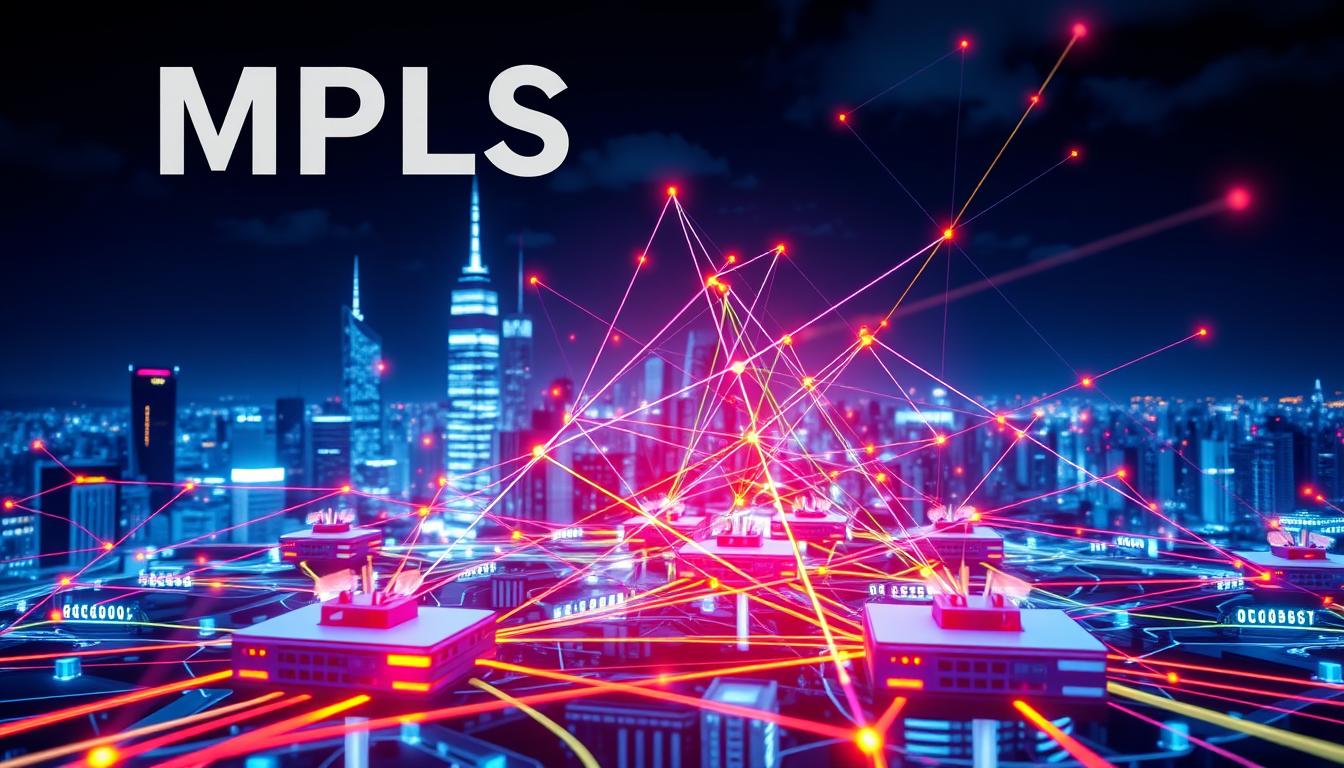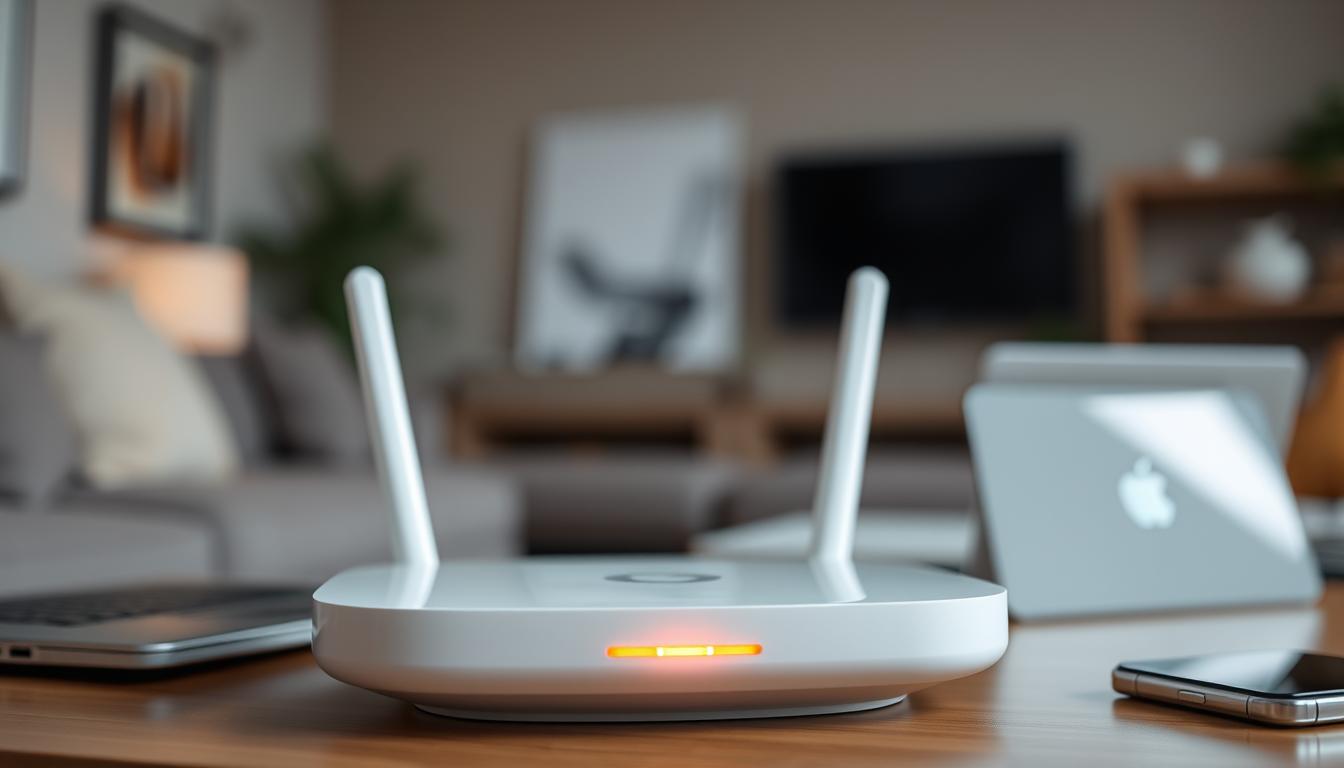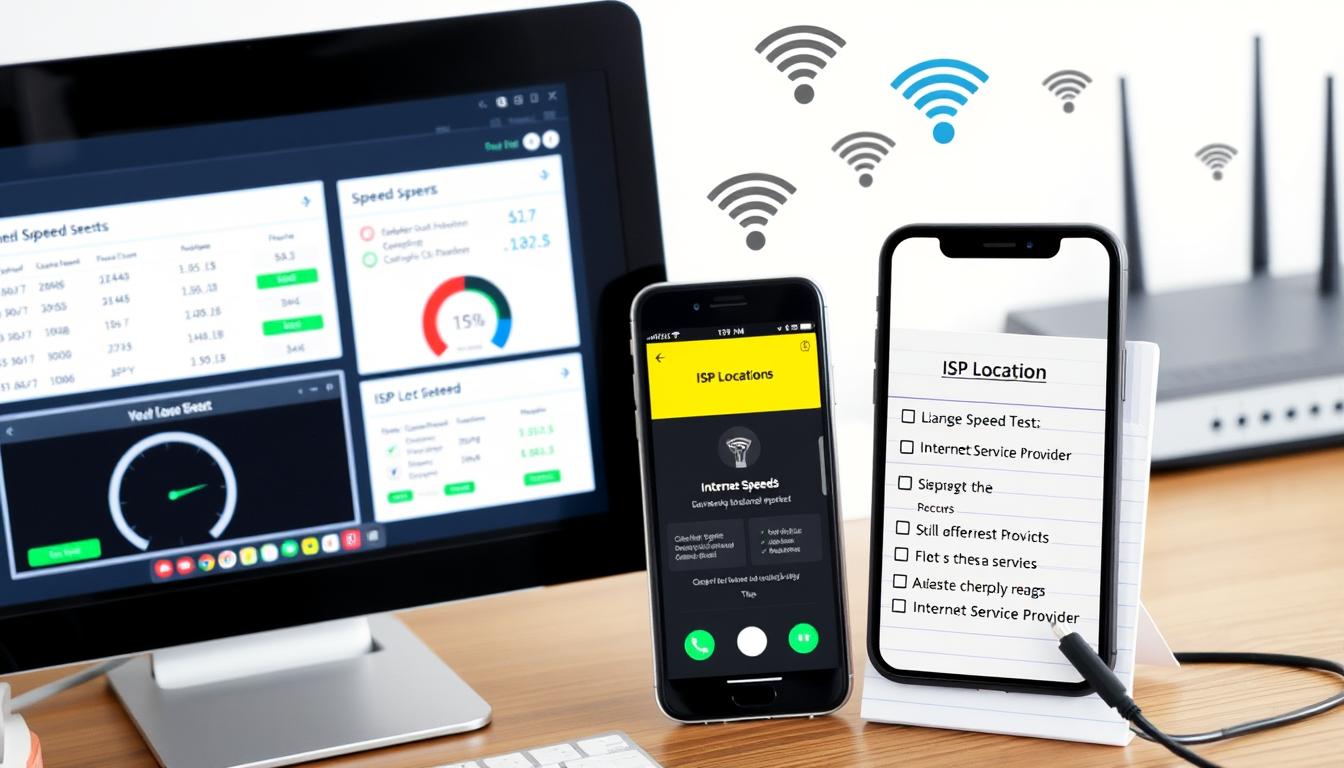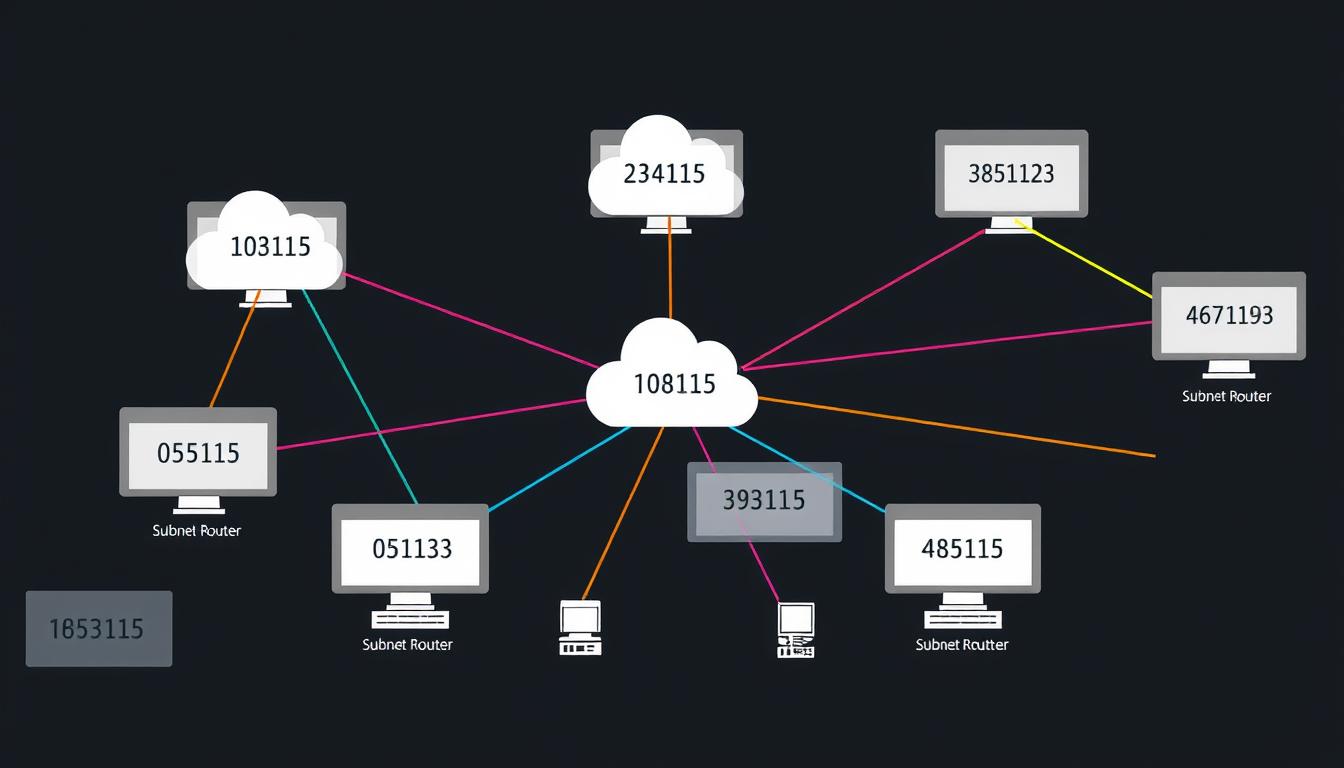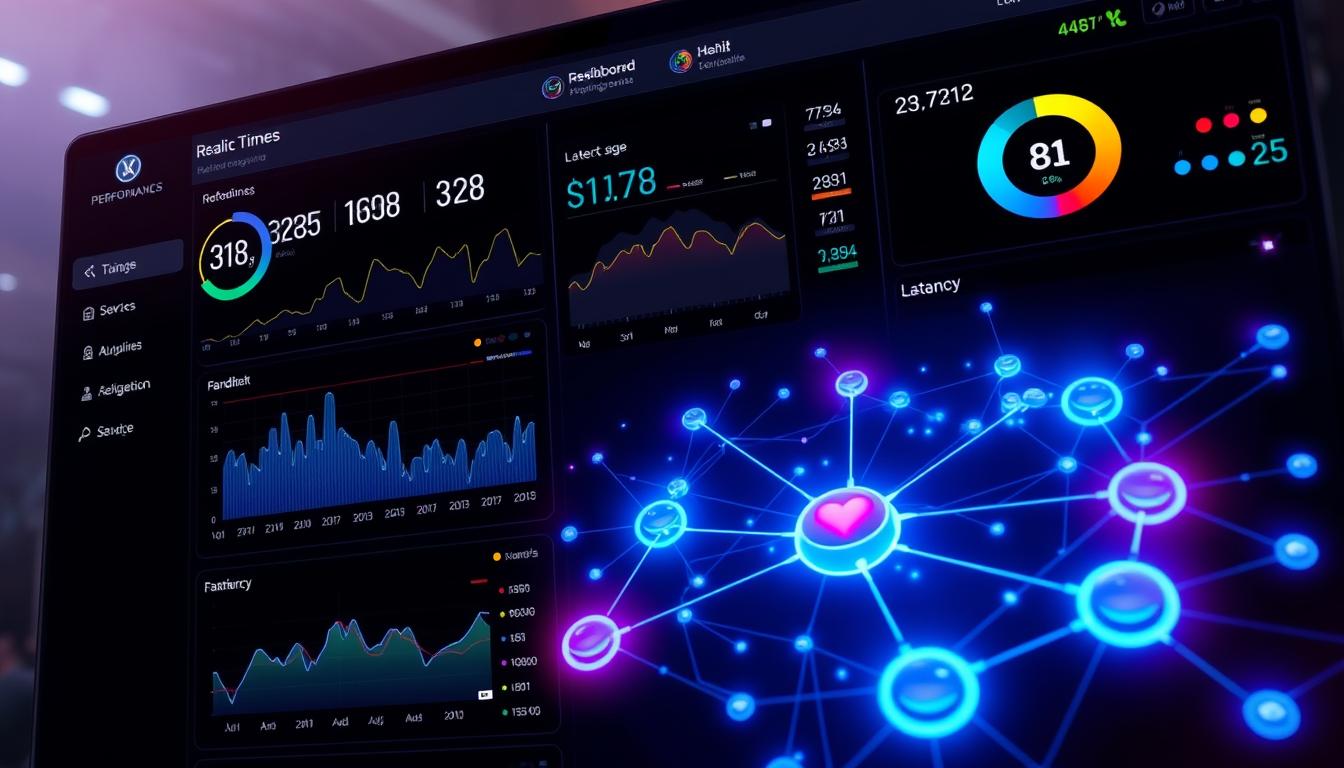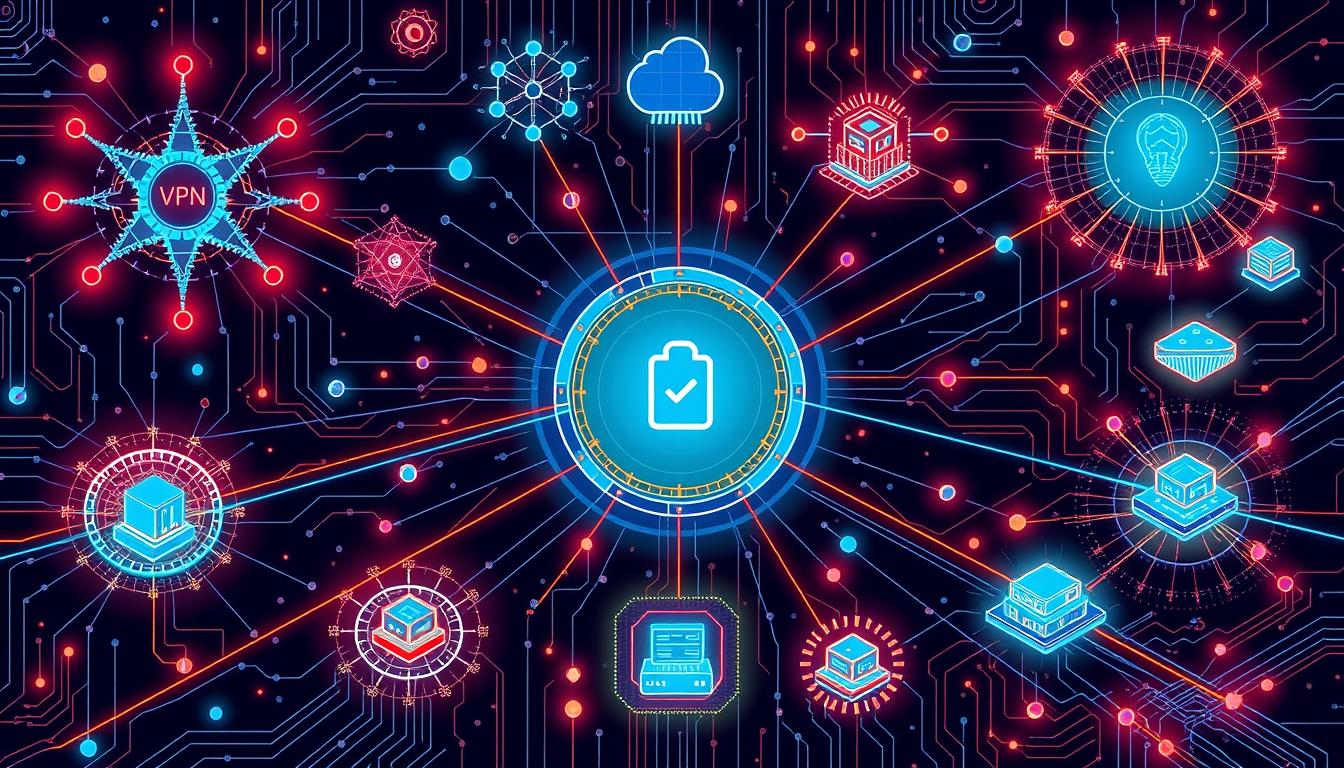Networking
Understand OSPF Timers for Better Network Performance
More than 70% of big companies use Open Shortest Path First for easy routing. This shows how key it is to adjust ospf timers to keep data moving and cut down on outages. OSPF timers control how quickly devices spot link failures, share updates, and find new paths. By tweaking these settings, networks can cut…
Read MoreMPLS Networks: Guide for Newbies
More than 70% of big companies that got MPLS networks saw better reliability and fewer outages. This guide will show you how MPLS technology makes sure your data gets where it needs to go fast. It’s like having a VIP pass for your data, making it move smoother than regular connections. We’ll look at how…
Read MoreUnderstanding BGP Message Types Explained.
Did you know each BGP message has a fixed 19-octet header? Yet, it can grow up to 4096 octets? This shows how flexible BGP is for global routing needs. BGP keeps the internet running by sending keepalive messages every 60 seconds. It uses four main bgp message types: OPEN, UPDATE, KEEPALIVE, and NOTIFICATION. These types…
Read MoreFix Google WiFi Blinking Orange Issue Now
Did you know that 70% of connectivity problems with Google Nest Wifi and Google Wifi happen because of improper cable connections? This can spark an orange signal that breaks your internet flow at home. The google wifi blinking orange light often signals a network hiccup that needs quick attention. Basic checks, such as securing loose…
Read MoreCheck Your ISP Easily – Quick Internet Provider Guide
Did you know each U.S. city has an average of three wired internet providers? Yet, most homes only have access to one or two. This gap makes many wonder: who is my isp? Figuring out how to check isp and where is my isp is key when speeds drop or outages happen. By verifying your…
Read MoreGRE Tunnel vs IPSec: Detailed Comparison
In the world of network security and data transport, GRE tunnel vs IPsec stands out. GRE routes many protocols over IP networks, following RFC 2784. On the other hand, IPsec protects data integrity, as stated in RFC 2406. GRE is great at carrying multicast and IPv6, using Protocol number 47. IPsec, though, uses ESP and…
Read MoreWhat Is a Subnet Mask? Understanding Its Role in Networking
In today’s world, every device needs an IP address. A single household with a subnet mask of 255.255.255.0 can support up to 254 devices. This makes sure everyone has seamless internet access for their gadgets. But what is a subnet mask, and why is it so important in networking? A subnet mask is more than…
Read MoreNetwork Performance Management: Key Strategies and Tools
Just a few minutes of network downtime can severely impact a company’s brand and finances. Effective network performance management is essential to keep networks running smoothly. A strong management network ensures stability, even in unpredictable situations. So, what is network performance management and why is it important? It’s about using smart tools to keep data…
Read MoreRMON: Benefits of Remote Network Monitoring
Imagine fixing a network problem in a remote office on the other side of the world. Or watching your Ethernet network traffic without leaving your desk. This isn’t science fiction; it’s what Remote Network Monitoring (RMON) makes possible today. RMON goes beyond Simple Network Management Protocol (SNMP) to give detailed insights into network use and…
Read MoreRoute-Based vs Policy-Based VPN: Key Differences Explained
VPNs are key for privacy and connection. An interesting fact is that devices can only handle a certain number of VPN tunnels. But how these tunnels are set up and managed is what really matters. Route-based VPNs are great at sharing dynamic routing info through tunnels. They use protocols like OSPF, which policy-based VPNs can’t…
Read More

